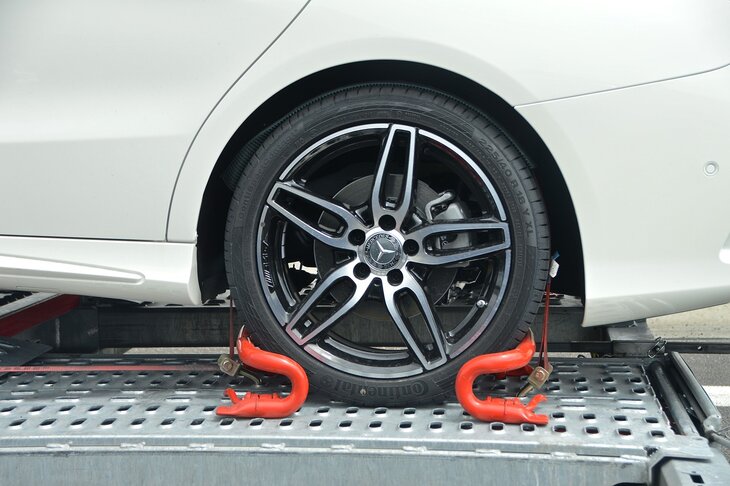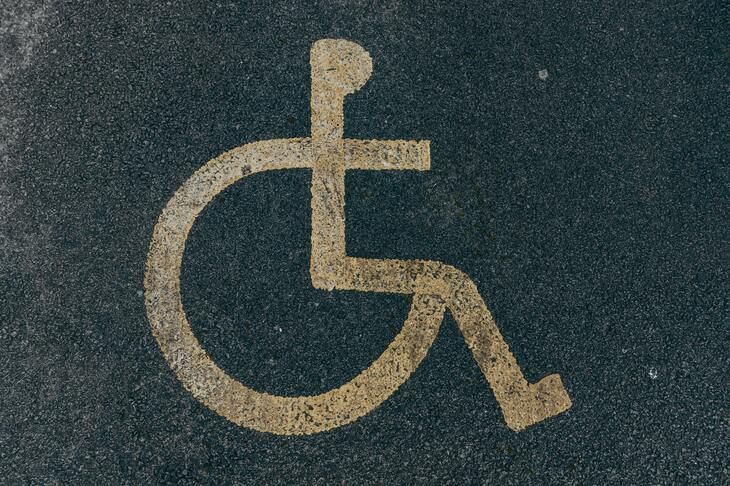Renewing your handicap permit in North Carolina doesn’t have to be a hassle. Whether you’re renewing for the first time or need a refresher, this guide is here to simplify the process for you. With clear instructions, essential tips, and everything you need to know, you’ll have your renewed permit in no time.
How to Renew a Handicap Permit in North Carolina
First, let’s talk about how to renew your handicap permit in North Carolina. The renewal process is a cinch, and knowing what to expect can save you time and stress. The North Carolina Division of Motor Vehicles (DMV) handles the renewal of handicap permits, whether it’s for temporary or permanent disability.
To get started, gather all the required documents, which we’ll discuss in more detail below, and decide whether you want to renew in person, by mail, or online (if eligible). Remember, it’s vital to renew your permit before it expires to avoid any lapses in parking privileges.
NC Disabled Parking Permit Renewal Process
Now, let’s dive into the step-by-step process for renewing your disabled parking permit in North Carolina:
1. Check Your Renewal Eligibility:
Before anything else, ensure that your current permit is eligible for renewal. Permanent placards are renewed every five years, while temporary ones require a new application every six months.
2. Gather Required Documents:
You’ll need your current handicap permit, a completed renewal application (available on the NC DMV website), and a new medical certification if required. Some renewals may not need updated medical certification, but it’s always best to check with the DMV.
3. Submit Your Application:
Choose your method of submission. You can renew by mail, in person at a local DMV office, or possibly online (we’ll get into that soon). Make sure you’ve filled out all the necessary fields on your application to avoid delays.
4. Pay Any Applicable Fees:
For most renewals, there is a $5 fee, but it’s good practice to confirm this when you submit your application. Temporary permits might have a small fee attached.
5. Receive Your Renewed Permit:
Once your renewal is processed, you’ll receive your new handicap placard, which will be valid for another term.
North Carolina Handicap Permit Renewal Requirements
Renewing your handicap permit in North Carolina involves meeting specific requirements. Here’s what you’ll need:
- Completed Renewal Application: This form can be downloaded from the NC DMV website or picked up at a local office.
- Current Handicap Permit: Make sure you have your existing placard or permit on hand.
- Medical Certification: Depending on the type of permit and your condition, you may need a new certification from your healthcare provider. Normally, if you’re 80 years old or older, you don’t need medical certification.
- Identification: Bring a valid ID, such as a driver’s license or state-issued ID card.
NC Handicap Placard Renewal Online
Wondering if you can renew your handicap placard online in North Carolina? The option is available, but it depends on specific circumstances. Generally, online renewal is possible if you’re renewing a permanent placard and no new medical certification is required.
To renew online:
- Visit the NC DMV Website: Navigate to the DMV’s online services portal.
- Complete the Online Application: Fill out the renewal form with your details.
- Submit and Wait: Once you submit your application, your renewed placard should arrive by mail.
This method is convenient and saves you a trip to the DMV, but double-check if you’re eligible before proceeding.

NC Handicap Permit Renewal for Permanent Disability
For those with a permanent disability, renewing your handicap permit in North Carolina is a relatively simple process, as permanent placards are typically valid for five years. Here’s a streamlined approach for renewing if you have a permanent disability:
- Receive Renewal Notification: The NC DMV usually sends out a renewal notice before your permit expires. Keep an eye out for this reminder in your mailbox.
- Complete the Application: Even though you might not need new medical documentation, you’ll still need to fill out the renewal application. Make sure your personal information is up-to-date.
- Submit Your Renewal: As with other renewals, you can submit your application online (if eligible), by mail, or in person. Choose the method that works best for you.
- Receive Your New Placard: After submitting your application, you’ll receive your new placard in a few weeks. Attach it to your vehicle, and you’re good to go for another five years.
North Carolina Temporary Handicap Permit Renewal
Although you cannot renew a temporary handicap permit in North Carolina, you can apply again if your condition hasn’t improved. Since these permits are valid for only six months, you’ll need to reapply more frequently. Here’s how:
- Get a New Medical Certification: You’ll need your healthcare provider to complete the medical certification form, verifying your continued need for the temporary permit.
- Complete the Renewal Application: As with permanent permits, fill out the required fields on the application form.
- Submit Your Application and Pay Any Fees: You can do this by mail or in person at a DMV office. Fees are $5 per placard and you can get up to two.
NC Handicap Permit Renewal Application Form
The application form for renewing your handicap permit in North Carolina is simple. You can download it from the NC DMV website or pick one up at your local DMV office. Here’s what you’ll need to fill out:
- Personal Information: Name, address, and contact details.
- Current Permit Details: Information about your existing handicap placard.
- Medical Certification: If required, your healthcare provider will fill out this section.
- Signature and Date: Make sure to sign and date your application before submitting it.
Filling out the form correctly the first time can prevent delays in your renewal.
North Carolina Handicap Permit Renewal Deadline
It’s important to renew your handicap permit before it expires to avoid any inconvenience. The NC DMV typically sends renewal notices, but it’s a good idea to mark your calendar with your expiration date to stay ahead.
If you miss the deadline, you may still be able to renew, but you could face delays in receiving your new permit.
How to Renew Handicap Placard in NC by Mail
Renewing your handicap placard by mail is a convenient option, especially if you prefer not to visit the DMV in person. Here’s how:
- Complete the Renewal Application: Ensure all fields are filled out, including the medical certification if required.
- Include Required Documents: Attach a copy of your current permit, ID, and any necessary fees.
- Mail Your Application: Send it to the address provided on the NC DMV website or your renewal notice.
This method might take a bit longer than renewing in person, but it’s ideal for those who prefer handling things by mail.

North Carolina Handicap Placard Renewal Extension
If you need extra time to renew your handicap placard, you may be eligible for an extension. This is typically granted in special circumstances, such as medical emergencies or if you’re temporarily out of state.
Contact the NC DMV directly to inquire about an extension and the steps involved in securing one.
Can I Renew My NC Handicap Permit Online?
As mentioned earlier, online renewal is available for eligible permit holders in North Carolina. If you meet the criteria, this is the quickest and easiest way to renew your permit.
Just remember to check your eligibility first, as not all renewals can be done online.
How Long Does It Take to Renew a Handicap Placard in NC?
The renewal process in North Carolina is usually swift, especially if you submit your application online or in person. Normally, you can expect to receive your renewed placard within a few weeks. However, mailing your application may result in a longer wait time, so plan accordingly.
NC Handicap Permit Renewal for Seniors
For seniors, renewing a handicap permit in North Carolina is just as easy. The process is the same as outlined above, but it’s important to note that seniors may have specific considerations, such as eligibility for permanent placards or the need for updated medical certifications.
The NC DMV is committed to making the renewal process accessible for all, so don’t hesitate to reach out to them for any assistance.
Renewing Your Handicap Permit in North Carolina: Final Thoughts
Renewing your handicap permit in North Carolina doesn’t have to be a daunting task. Whether you’re handling the process for yourself or assisting a loved one, following the steps outlined in this guide will make the renewal process smooth and straightforward.
Remember to keep track of your permit’s expiration date, gather all necessary documents, and choose the renewal method that best suits your needs. By staying proactive, you can ensure that your parking privileges are always up-to-date, allowing you to focus on the more important things in life.
If you have any doubts or encounter any issues during the renewal process, don’t hesitate to reach out to the North Carolina DMV for assistance. They’re there to help and can provide additional guidance tailored to your specific situation.
Also, Dr. Handicap can help you with all the processes and applications safely and easily. If you need assistance, we’re here for you!
Featured image by Pixabay





